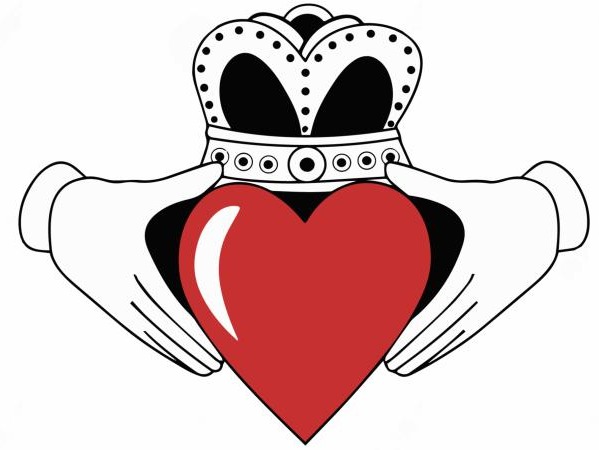
A Trip Down Memory Lane: When Tables Ruled Web Design
Once upon a time, in the bustling days of the early internet, HTML tables were the cornerstone of web design. Imagine a world where CSS was still finding its feet and nested tables were the "trendy" solution for multi-column layouts and pixel-perfect alignment. While designers today might cringe at the thought, back then, tables were the duct tape that held web aesthetics together, transforming chaos into order. Nested tables became infamous, a design challenge that was either a masterpiece or a nightmare to debug.
The Shift to CSS and the Table's New Role
With the rise of CSS, HTML tables experienced a graceful retirement from layout duties. CSS brought intuitive and responsive design possibilities that tables couldn't match. Developers shifted to Flexbox and Grid systems, leaving tables to focus on what they do best: managing complex data. Today, they're invaluable for structuring information in spreadsheets and data-heavy content. While tables left the spotlight, they're still an essential tool in any web designer's kit, especially when tackling those stubborn email templates that refuse to evolve.
Lessons from the Past: Tables' Lasting Impact
Reflecting on the era of HTML tables reminds us of the fast-paced evolution in web design and technology. It shows us how creativity can flourish even with limited tools. The transition from tables to more advanced systems like CSS encapsulates an essential lesson in adaptability and innovation—a reminder for businesses exploring the best website builder for small business or other modern development platforms. Understanding these shifts helps executives make informed decisions about technological investments for the future.
 Add Row
Add Row  Add
Add 




Write A Comment